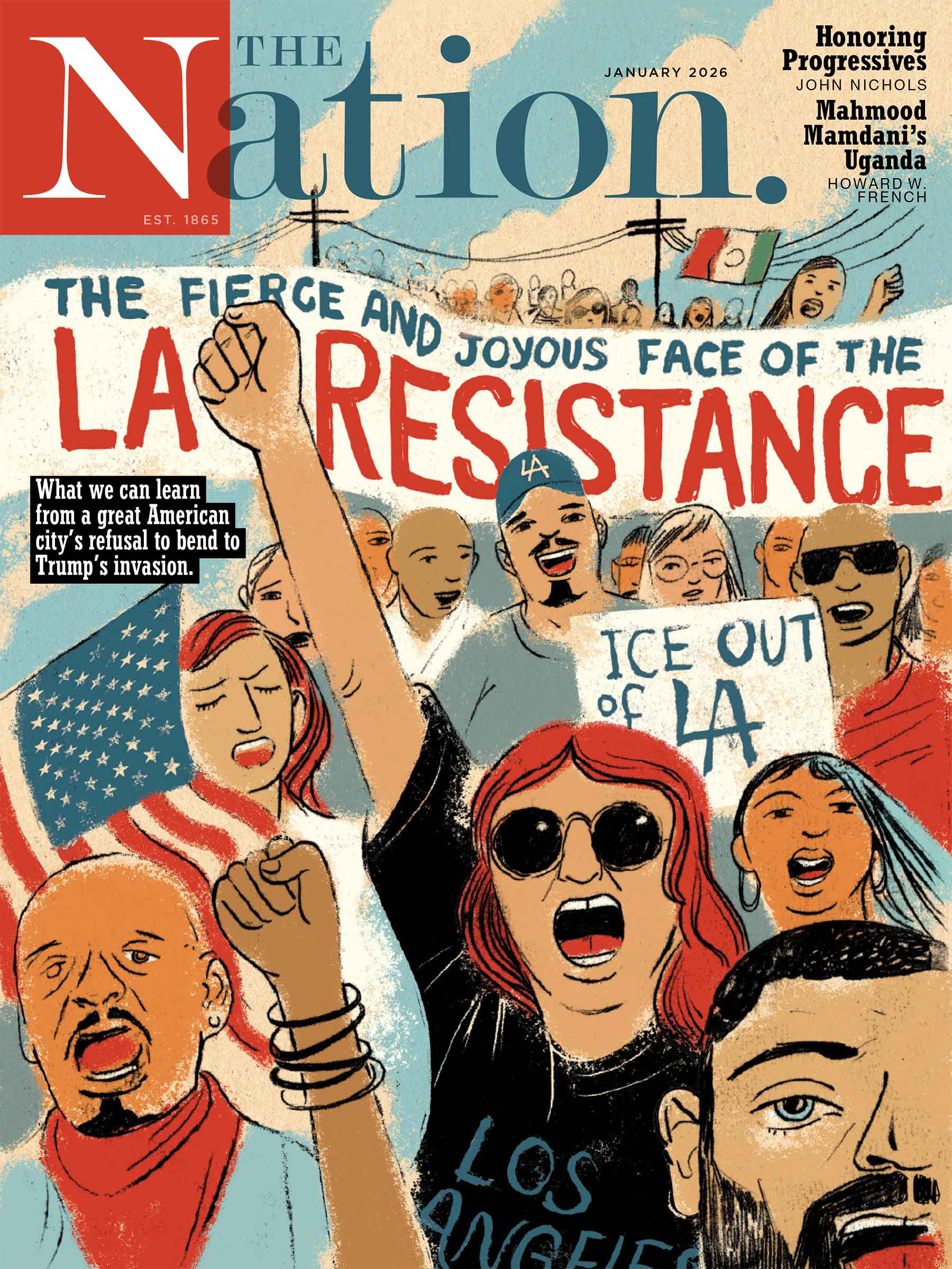“This tribunal declares that the four charges have been proven beyond a reasonable doubt and that [Alberto Fujimori] is found guilty,” stated Peruvian Supreme Court Judge Cesar San Martin today in a small, packed courtroom in Lima. With that, the historic sixteen-month trial of the disgraced former president came to a fitting end. With the verdict, Fujimori becomes the first democratically elected president to be extradited from abroad back to his own country and successfully tried and convicted on human rights crimes. A victory for the Peruvian families of those killed by death squads during Fujimori’s controversial decade in power (1990-2000), his conviction on charges of using illegal means to fight terrorism is sure to reverberate as far away as Washington, DC.
Fujimori now stands convicted for two massacres that took place early in his administration, known as Barrios Altos and La Cantuta. On November 3, 1991, members of the La Colina Group, an elite death squad organized by Fujimori’s closest advisor, Vladimiro Montesinos, executed fourteen people at an outdoor barbeque in the neighborhood of Barrios Altos; an 8-year-old boy who witnessed the atrocity was also murdered. In the early morning hours of July 18, 1992, the Colina death squad entered the dormitories of the La Cantuta university, kidnapping nine students and a professor. They were subsequently executed and secretly buried on a desolate hill in the Cieneguilla district. In addition to these two atrocities, the special tribunal found Fujimori guilty of kidnapping a prominent journalist, Gustavo Gorriti, and a businessman, Samuel Dyer, in 1992.
The challenge for the prosecution team, led by public prosecutor José Palaéz Bardales and Gloria Cano, the lead lawyer for Peru’s pre-eminent human rights group, APRODEH, representing victims’ families, was to show that Fujimori knew of the existence of the La Colina group, and to establish “command responsibility”–the president’s position as the ultimate authority in a chain of command that led directly to those who actually carried out the crime. Documents found on a computer disk from the Servicio de Intelligencia National (SIN) appeared to show that Fujimori approved a budget for clandestine operations in the war on terrorism. According to the indictment against him, after the Barrios Altos massacre, he publicly–if obliquely–acknowledged the military leaders of La Colina for their “special projects.” A series of witnesses, including members of La Colina and high-ranking military officers, testified to the command-and-control structure of the military and paramilitary units, demonstrating that these were not rogue operations but tightly controlled missions. When a combative and uncooperative Montesinos, who oversaw much of Fujimori’s apparatus of repression, took the stand last June, his courtroom camaraderie with his former boss proved a damning testament to their close relationship.
Declassified US government documentation also played a role in the trial. The court drew on twenty-one State Department records, many of them originally classified secret, provided by my organization, the National Security Archive. Among the documents was an embassy intelligence report based on an advisor to SIN, sent only a few weeks after Fujimori took office. “President Fujimori will support a two-tiered anti-subversion plan,” according to the cable. “The first tier will be public and will include a strong human rights emphasis. The second tier would be secret and include army special operations units trained in extra-judicial assassinations.”
Popular
"swipe left below to view more authors"Swipe →
The prosecution also highlighted a cable sent by US ambassador Anthony Quainton on a meeting with Fujimori in December 1991 that proved, according to Gloria Cano, that Fujimori had lied about when he learned of his military’s involvement in the Barrios Altos atrocity. In their entirety, my colleague Kate Doyle testified as an expert witness at the trial last September, the documents reflected the conclusion of the US Embassy that Fujimori had employed a “covert strategy to aggressively fight against subversion through terror operations, disregarding human rights and legal norms.”
Fujimori now begins serving a prison sentence that will keep him in a special, and relatively comfortable, cell that has been created for him until the year 2032–when he will be 93 years old. He also faces additional time in court. The disgraced former president is scheduled to go on trial on multiple charges of corruption related to the bribery scandals that brought about the collapse of his regime in late 2000.
But politics may intrude. Peru’s current president, Alan García, who himself could conceivably face human rights charges for crimes committed during his previous term in office in the mid 1980s, is known to be highly sympathetic to Fujimori. According to a recent survey conducted by the Catholic University’s Instituto de Opinion Publica, some 31 percent of the Peruvian population continues to support Fujimori’s political ideas; and the fujimoristas in Peru’s Congress are attempting to augment that support by casting their former leader as a victim of revenge by his political enemies. Indeed, his daughter, Keiko Fujimori, currently leads the polls for the next presidential race, campaigning on a platform of pardoning her father if she is elected.
For now, however, the families of his victims, and human rights agencies such as APRODEH, which tenaciously led the political and legal fight to bring Fujimori to trial, have accomplished what many in Peru, and the international community, considered the impossible. The families, according to Gisela Ortiz, whose brother was one of the murdered students from La Cantuta, “agreed on two basic principles: the need to know the truth and the need for justice–not just for those who pulled the trigger, but for those responsible for giving the orders.” Last fall, Ortiz predicted how those basic principles would be realized: “We believe that this history is written not only with the blood of our family members,” she said then, “but also with our efforts, and that this story must end with the conviction of Fujimori.”


